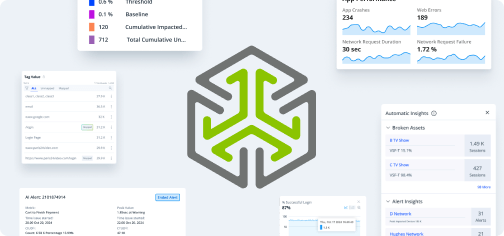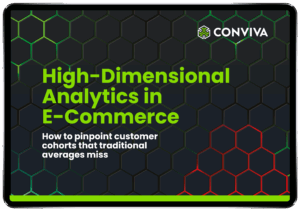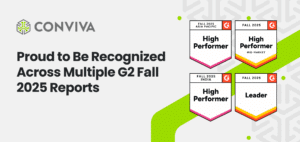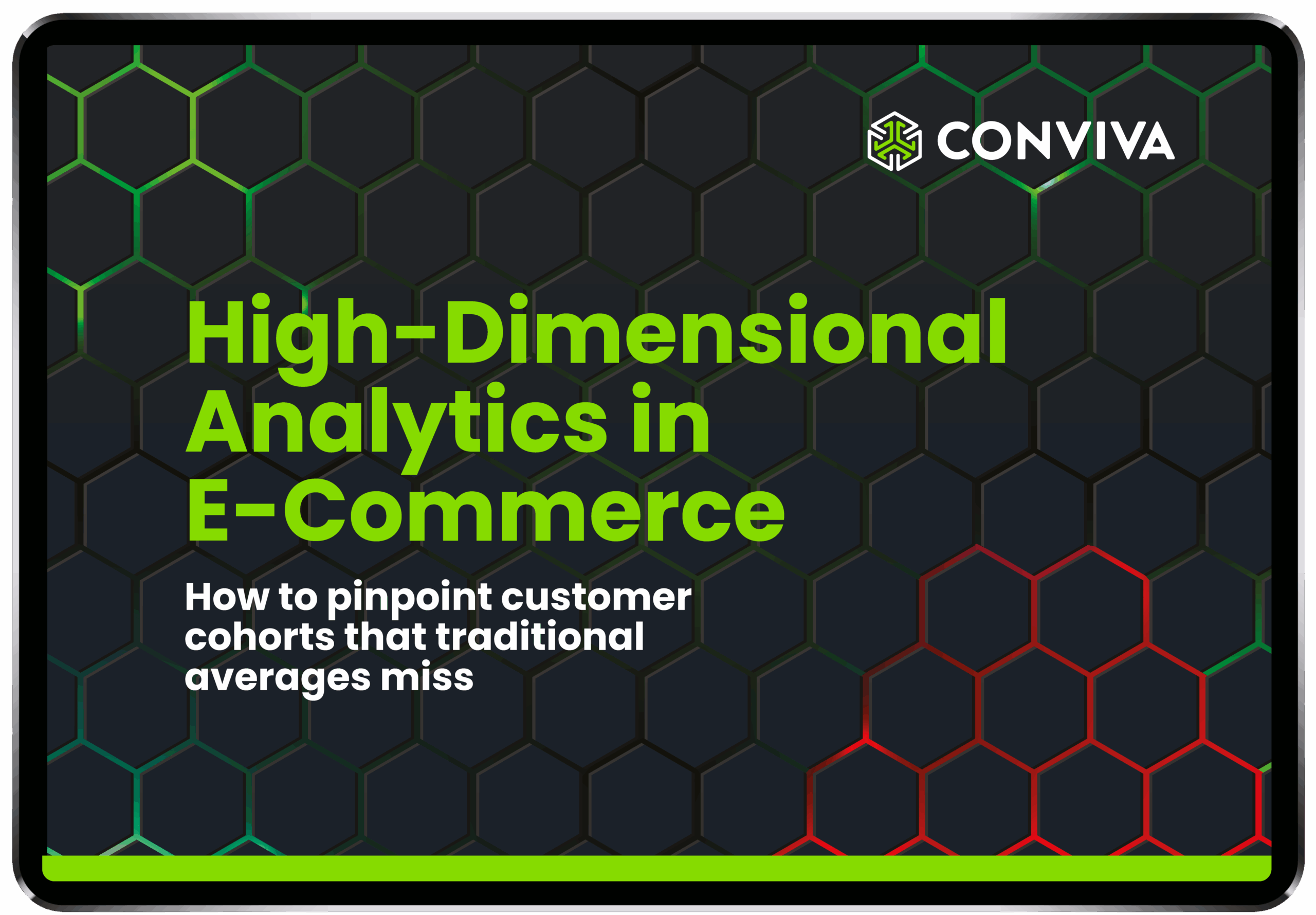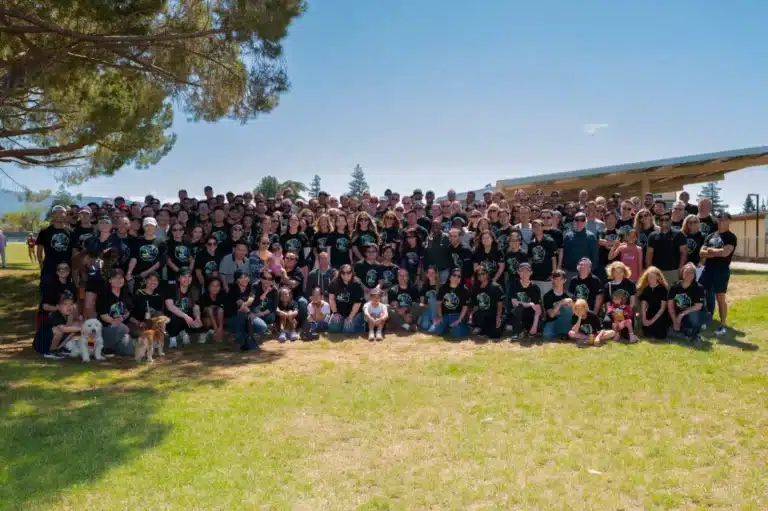Optimizing Customer Experience with Real-Time Performance Analytics.
Successful digital transformation doesn’t focus on the destination—it focuses on improving the customer journey. Read our whitepaper with Intellyx to learn how Conviva helps businesses improve customer experience at every stage of the digital journey.
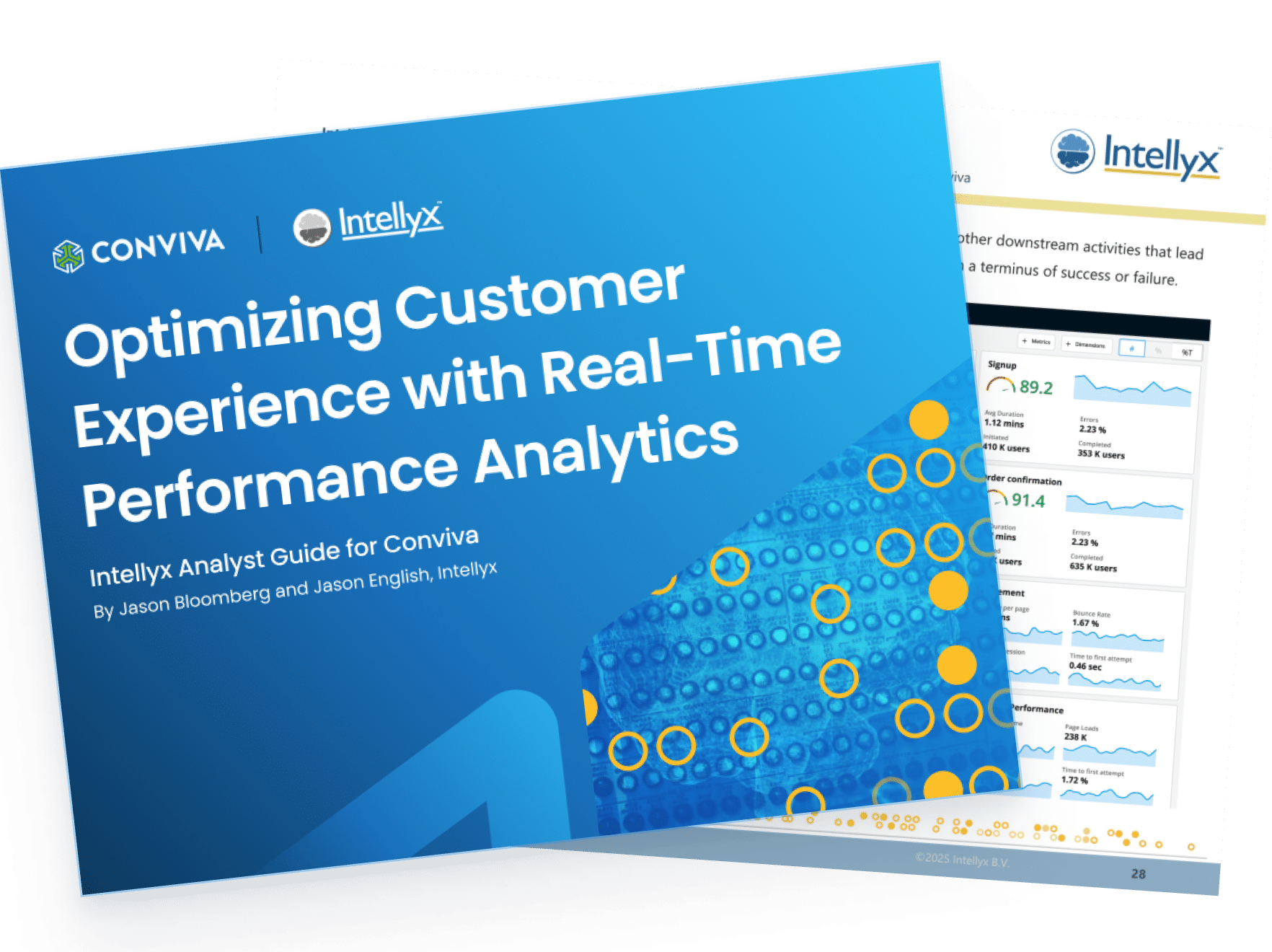
WHITEPAPER HIGHLIGHTS
Customers expect to get what they want, when they want it, at the lowest price.
This customer-centric reality is pushing enterprises to focus on efficiently meeting customer needs and delivering exceptional experience to prevent lost conversions and churn. When issues with user experience do arrive, however, finding the solution has long been a matter of guesswork. Is a slow server to blame? A network issue? Maybe a bug in the software? Traditional observability tools are disconnected from customer experience and cannot directly pinpoint a relation between experience, engagement, and performance.

It’s time to look at business operations through the lens of customer experience.
Instead of looking at the behavior of individual technology components to uncover user issues, Conviva enables operators to begin with the user experience and connect it back to system performance. To enable this kind of correlation and contextualization, Conviva has created a new Time-State technology that captures user events in a timline abstraction as they are happening and helps businesses align around the data and insights that matter for creating flawless experiences for their customers.

TIME-STATE TECHNOLOGY
To meet customer expectations, organizations must leverage continuous time.
Traditional observability largely depends on Time-Series data, which represents an individual user action as single entry with a timestamp in a database or log file. This kind of point-in-time data is insufficient for evaluating QoE, where you need to track more sophisticated metrics (for example, how long it took a user to log in). Conviva’s Time-State technology does this by dealing with time as a continuous entity. We represent this new approach to data through our timeline abstraction: instead of tracking point-in-time data, it tracks changes of state of values in continuous time.
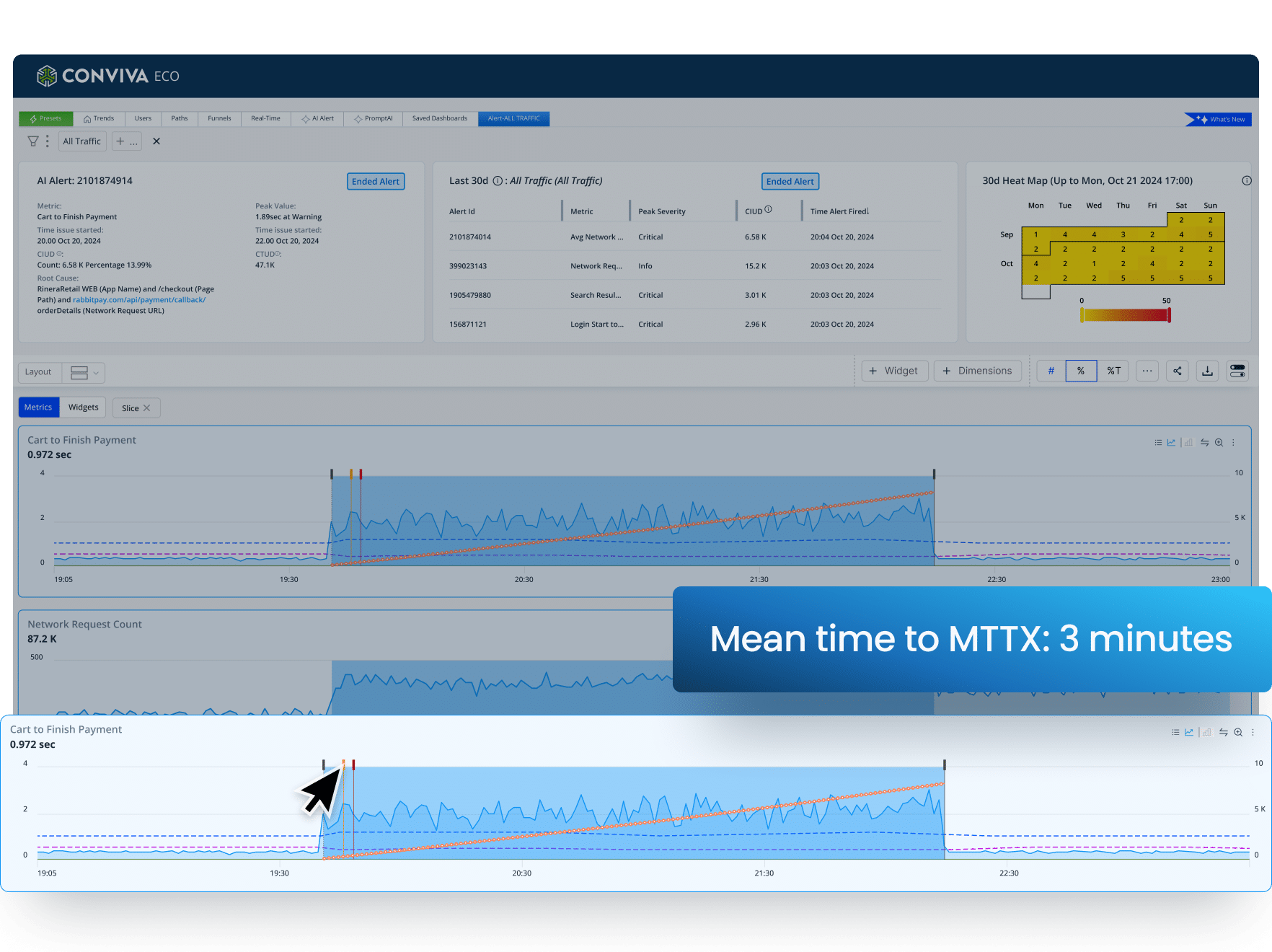
CUSTOMER FLOWS
Time-State Technology translates lived customer experience into actionable insights.
Thanks to Time-State and the ability to see how events relate to each other within the timeline abstraction, the customer journey can be envisioned and measured as a series of ‘customer flows.’ As a basic unit of customer experience, you might think of each customer flow as a subway stop on the customer’s journey where they spend moments or minutes to view information and/or make a decision. Examples include app login, subscription purchase, product search, checkout, and more.
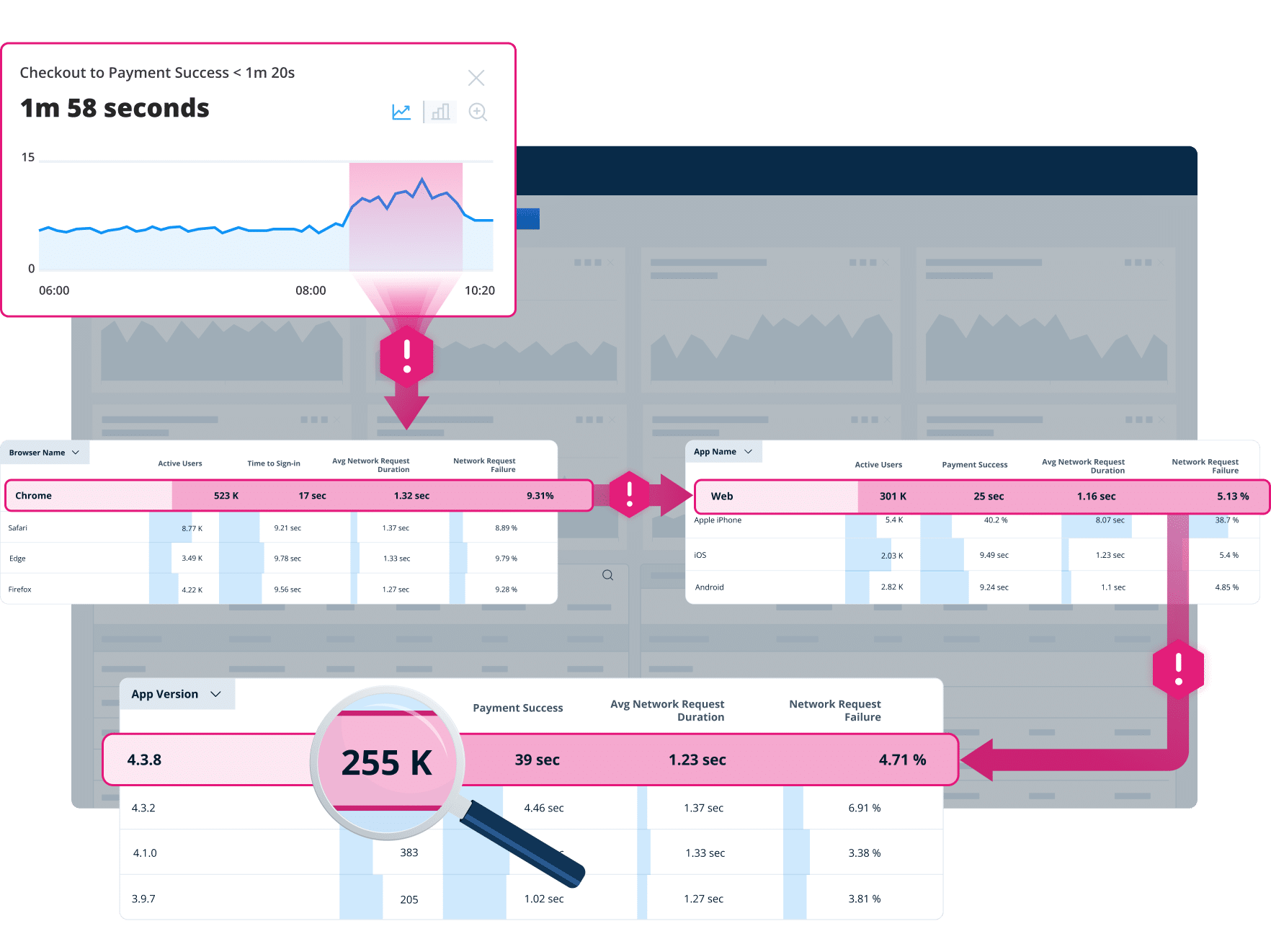
Conviva’s Experience-Centric Operations builds on Time-State Technology to elevate these flows as experience-centric metrics, adding richness and meaning to conventional measurements. DevOps and business-side teams in any organization can collaborate more effectively by leveraging Conviva to group granular system and traffic telemetry data underneath customer flows as a common unit of experience.
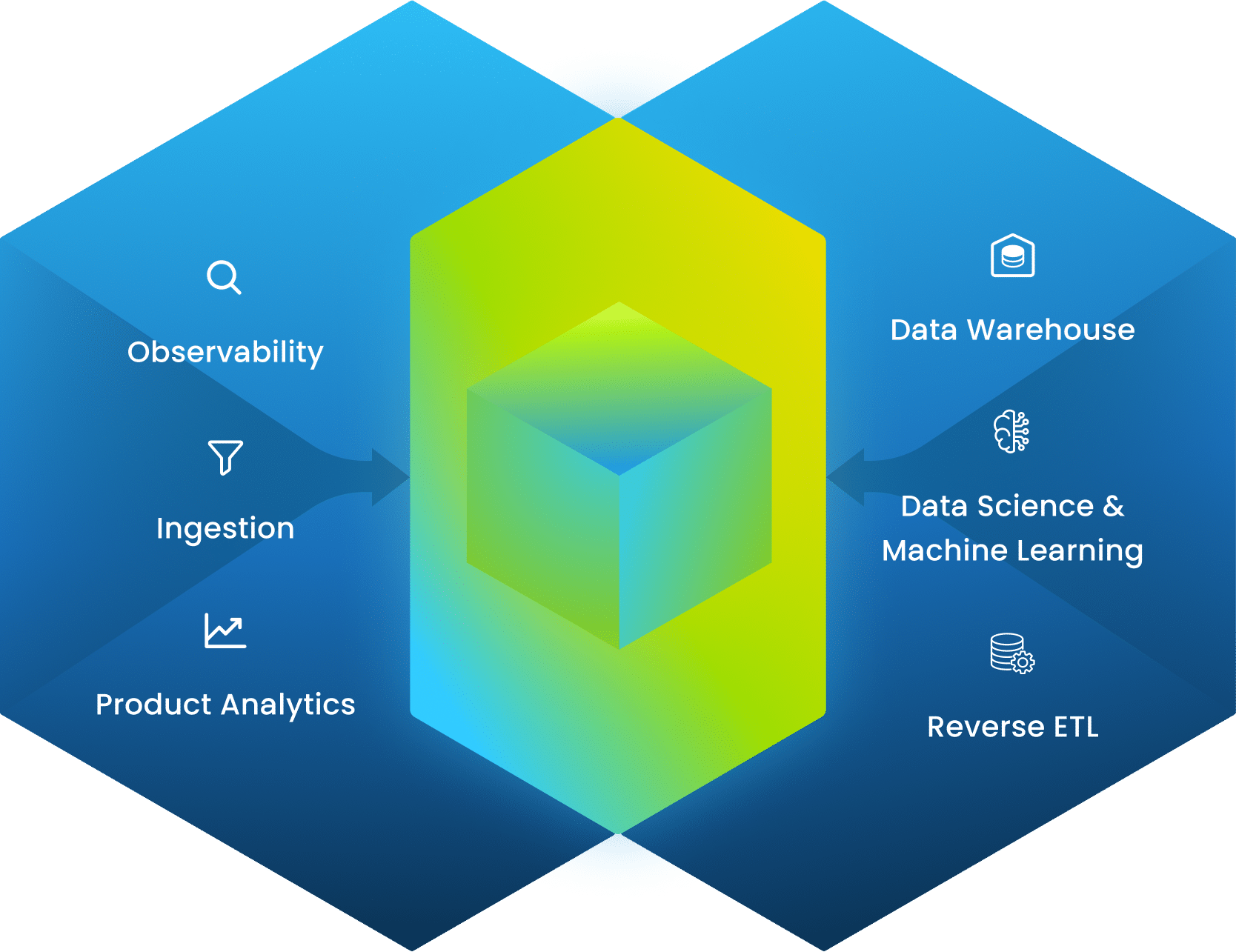
Ready to learn more about how Conviva supports optimal customer experience?
[Customer] experience occurs in fine-grained user cohorts. Checkout may be slow only for Android operating system users running version 2.4 of a retail store’s app. There might be hundreds or thousands of users in an impacted cohort within a company’s user base.
Finding these cohorts is a computational and AI problem that requires analysis across thousands of dimensions, such as all combinations of device models, app versions, geographical locations and other factors.
Aditya Ganjam
Conviva CPO & Co-Founder, in Forbes

